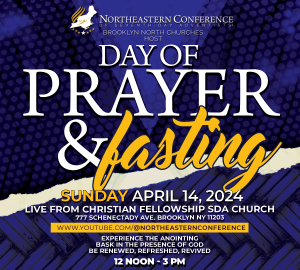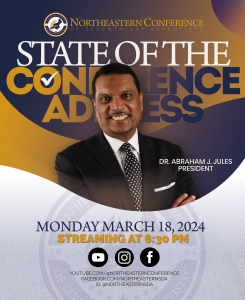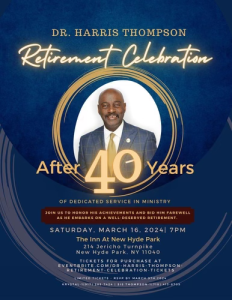“The religious denomination known as Seventh-day Adventist had its rise about the middle of the nineteenth century. The name is based upon two of the distinctive beliefs they hold, namely, the observance of the Sabbath of the Scriptures, and the imminent, personal second advent of Christ.
In those years, not only in the United States, but in other countries of the world, many students of Bible prophecy became convinced that the second advent was drawing near, and this belief resulted in a great religious awakening, in Britain, in some countries of the Continent of Europe, and in North America.
“Whether this doctrine is orthodox or not,” wrote the historian Macaulay, in 1829, “many who hold it are distinguished by rank, wealth, and ability. It is preached from pulpits both of the Scottish and of the English church.” One English writer of the time estimated that in the years just before 1840 about 700 clergymen of the church of England were taking part in the awakening movement.
In the United States and Canada came a parallel movement, in which were represented Christians of all the churches. Among prominent leaders in the publishing and evangelistic work of this second advent evangelism were William Miller, a Baptist Layman, of Low Hampton, N.Y., and Joshua V. Himes, a clergyman, of Boston. Monthly and weekly papers devoted to this work were issued in Boston, New York, and many other parts.
It was from among the Adventists engaged in this movement in America that there arose a small group in 1844, in Washington, N. H., who began to observe the seventh-day Sabbath, as they found it enjoined in the fourth commandment of the Decalogue. Thus came the first Seventh-day Adventists, though the name was not formally adopted until later years.
Prominent among those who pioneered the work were Joseph Bates, James White, his wife, Mrs Ellen G. White, Hiram Edson, Frederick Wheeler, and S.W. Rhodes. Later came J. H. Waggoner, J.N. Loughborough, J. N. Andrews (who was the first Seventh-day Adventist missionary to be sent overseas from the United States), Uriah Smith, and S. N. Haskell.
By 1860 the movement had grown until, in connection with the organization of the first publishing house in Battle Creek, Mich., the denominational name was assumed. The following year saw the beginning of the organization of State conferences of churches, and in 1863 the General Conference was organized, with John Byington as its first president. In order to decentralize and distribute administrative responsibility, local state conferences are grouped in fairly large areas as union conferences, with a union corps of officers. The union conferences in continental areas are grouped again as divisions- as North American, South American, southern Asia, Australasian, etc., covering all continents- each division having its staff of officers….Representatives from each division make up the General Conference committee, with headquarters in [Sliver Springs Maryland].”
Click here for additional information on Adventist history and beliefs.
Source: CRB, 1936, Vol. 2, part 1, pp. 27-28











